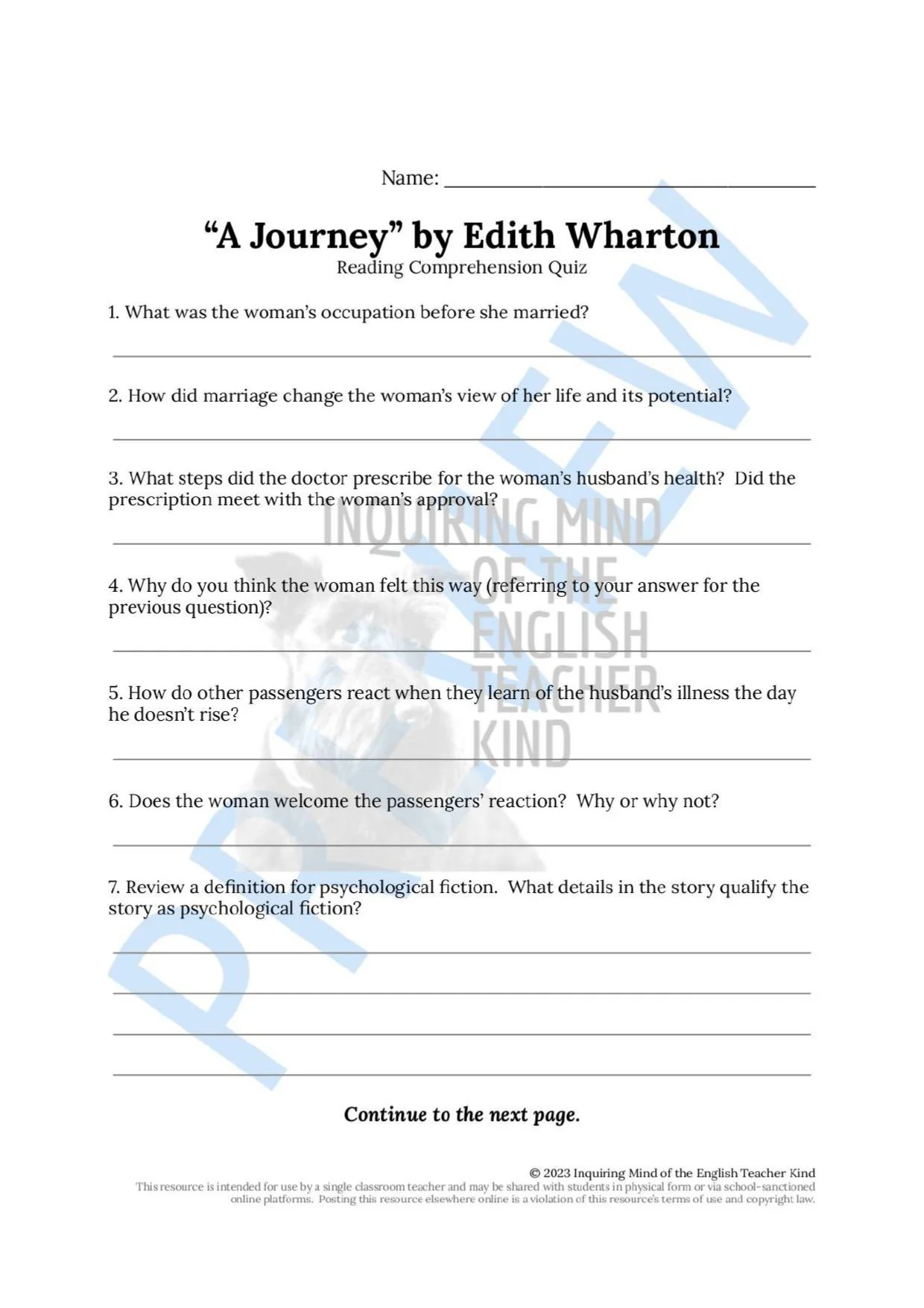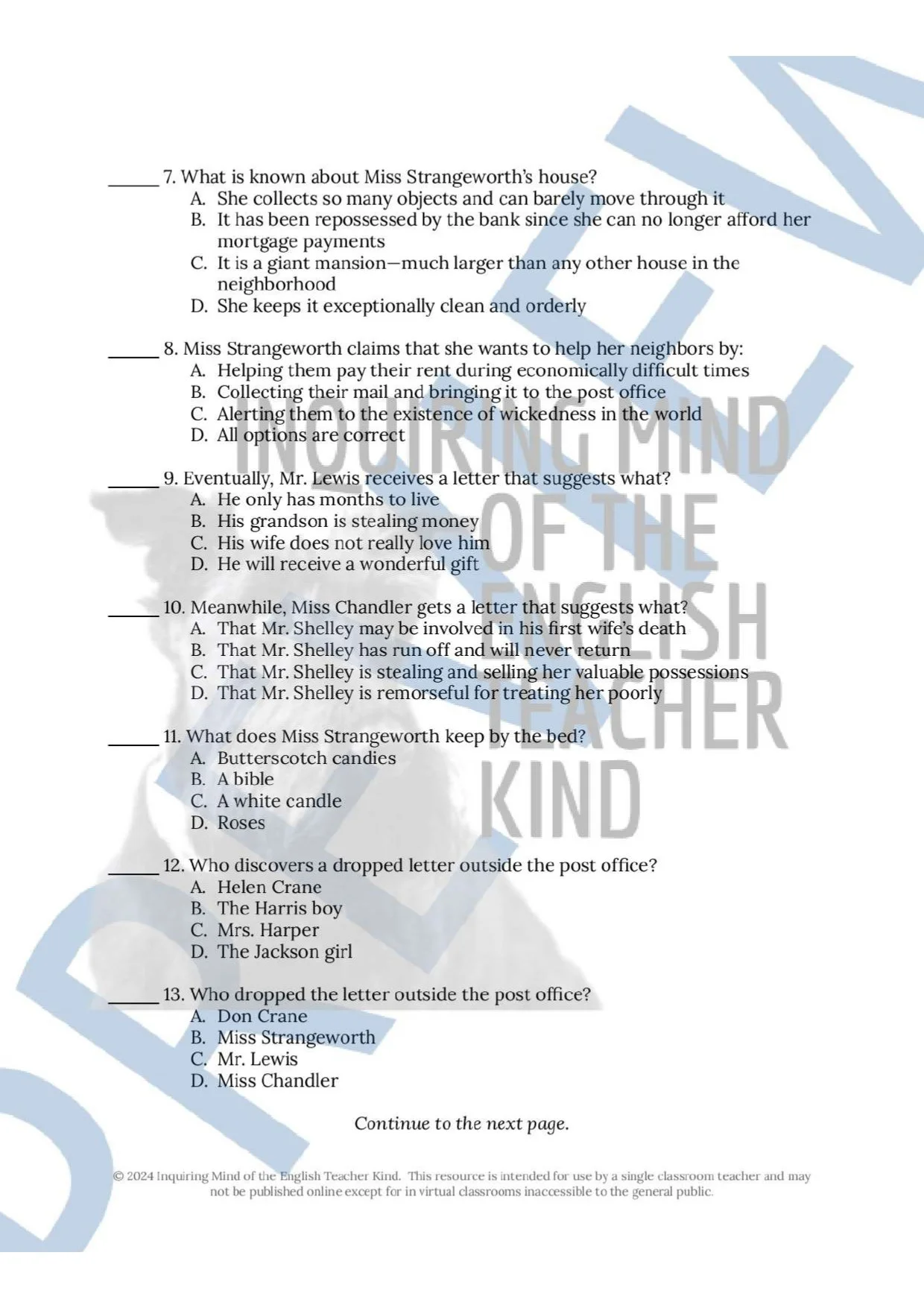 Image 1 of 78
Image 1 of 78

 Image 2 of 78
Image 2 of 78

 Image 3 of 78
Image 3 of 78

 Image 4 of 78
Image 4 of 78

 Image 5 of 78
Image 5 of 78

 Image 6 of 78
Image 6 of 78

 Image 7 of 78
Image 7 of 78

 Image 8 of 78
Image 8 of 78

 Image 9 of 78
Image 9 of 78

 Image 10 of 78
Image 10 of 78

 Image 11 of 78
Image 11 of 78

 Image 12 of 78
Image 12 of 78

 Image 13 of 78
Image 13 of 78

 Image 14 of 78
Image 14 of 78

 Image 15 of 78
Image 15 of 78

 Image 16 of 78
Image 16 of 78

 Image 17 of 78
Image 17 of 78

 Image 18 of 78
Image 18 of 78

 Image 19 of 78
Image 19 of 78

 Image 20 of 78
Image 20 of 78

 Image 21 of 78
Image 21 of 78

 Image 22 of 78
Image 22 of 78

 Image 23 of 78
Image 23 of 78

 Image 24 of 78
Image 24 of 78

 Image 25 of 78
Image 25 of 78

 Image 26 of 78
Image 26 of 78

 Image 27 of 78
Image 27 of 78

 Image 28 of 78
Image 28 of 78

 Image 29 of 78
Image 29 of 78

 Image 30 of 78
Image 30 of 78

 Image 31 of 78
Image 31 of 78

 Image 32 of 78
Image 32 of 78

 Image 33 of 78
Image 33 of 78

 Image 34 of 78
Image 34 of 78

 Image 35 of 78
Image 35 of 78

 Image 36 of 78
Image 36 of 78

 Image 37 of 78
Image 37 of 78

 Image 38 of 78
Image 38 of 78

 Image 39 of 78
Image 39 of 78

 Image 40 of 78
Image 40 of 78

 Image 41 of 78
Image 41 of 78

 Image 42 of 78
Image 42 of 78

 Image 43 of 78
Image 43 of 78

 Image 44 of 78
Image 44 of 78

 Image 45 of 78
Image 45 of 78

 Image 46 of 78
Image 46 of 78

 Image 47 of 78
Image 47 of 78

 Image 48 of 78
Image 48 of 78

 Image 49 of 78
Image 49 of 78

 Image 50 of 78
Image 50 of 78

 Image 51 of 78
Image 51 of 78

 Image 52 of 78
Image 52 of 78

 Image 53 of 78
Image 53 of 78

 Image 54 of 78
Image 54 of 78

 Image 55 of 78
Image 55 of 78

 Image 56 of 78
Image 56 of 78

 Image 57 of 78
Image 57 of 78

 Image 58 of 78
Image 58 of 78

 Image 59 of 78
Image 59 of 78

 Image 60 of 78
Image 60 of 78

 Image 61 of 78
Image 61 of 78

 Image 62 of 78
Image 62 of 78

 Image 63 of 78
Image 63 of 78

 Image 64 of 78
Image 64 of 78

 Image 65 of 78
Image 65 of 78

 Image 66 of 78
Image 66 of 78

 Image 67 of 78
Image 67 of 78

 Image 68 of 78
Image 68 of 78

 Image 69 of 78
Image 69 of 78

 Image 70 of 78
Image 70 of 78

 Image 71 of 78
Image 71 of 78

 Image 72 of 78
Image 72 of 78

 Image 73 of 78
Image 73 of 78

 Image 74 of 78
Image 74 of 78

 Image 75 of 78
Image 75 of 78

 Image 76 of 78
Image 76 of 78

 Image 77 of 78
Image 77 of 78

 Image 78 of 78
Image 78 of 78















































































Psychological Fiction Short Story Activities Bundle for High School Readers
Use this bundle of plot-based quizzes, close reading analysis worksheets, and vocabulary application activities to help high school students engage meaningfully with several examples of psychological fiction, a genre emphasizing internal characterization to develop profound mental and emotional conflicts. Six short stories are highlighted: "The Yellow Wallpaper" by Charlotte Perkins Gilman, "A Journey" by Edith Wharton, "The Lady with the Dog" by Anton Chekhov, "The Portable Phonograph" by Walter Van Tilburg Clark, "Contents of the Dead Man's Pocket" by Jack Finney, and "The Last Leaf" by O. Henry. Answer keys are included. Materials are delivered in editable Word Document and printable PDF formats. (Alternatively, a Google Drive bundle option is available.) By engaging with these materials, students will do the following:
Identify what the texts state explicitly and implicitly
Determine the meaning of unfamiliar and complex words
Consult reference materials in order to learn and verify word meanings
Discern the most proper application of words as they are used in sentences
Infer the intended effects of the authors' word choices and narrative techniques
Describe tone in context
Explore how complex characters think, behave, interact, and develop
Discern the functions of given characters and passages
Apply knowledge of literary devices including ambiguity, epiphany, metaphor, onomatopoeia, oxymoron personification, red herring, simile, situational irony, and more
Consider themes in context
Support claims and inferences with sound reasoning and relevant evidence
Write about fiction with clarity, accuracy, and precision
Come to class better prepared to discuss literature
And more
This resource may facilitate small-group discussions in which students decode language and pose/respond to questions relating to plot, broad topics, and character development. Using this resource for structured guidance, students will improve their ability to present information, conclusions, and supporting textual evidence clearly and convincingly.
More materials are available for teaching short stories:
Use this bundle of plot-based quizzes, close reading analysis worksheets, and vocabulary application activities to help high school students engage meaningfully with several examples of psychological fiction, a genre emphasizing internal characterization to develop profound mental and emotional conflicts. Six short stories are highlighted: "The Yellow Wallpaper" by Charlotte Perkins Gilman, "A Journey" by Edith Wharton, "The Lady with the Dog" by Anton Chekhov, "The Portable Phonograph" by Walter Van Tilburg Clark, "Contents of the Dead Man's Pocket" by Jack Finney, and "The Last Leaf" by O. Henry. Answer keys are included. Materials are delivered in editable Word Document and printable PDF formats. (Alternatively, a Google Drive bundle option is available.) By engaging with these materials, students will do the following:
Identify what the texts state explicitly and implicitly
Determine the meaning of unfamiliar and complex words
Consult reference materials in order to learn and verify word meanings
Discern the most proper application of words as they are used in sentences
Infer the intended effects of the authors' word choices and narrative techniques
Describe tone in context
Explore how complex characters think, behave, interact, and develop
Discern the functions of given characters and passages
Apply knowledge of literary devices including ambiguity, epiphany, metaphor, onomatopoeia, oxymoron personification, red herring, simile, situational irony, and more
Consider themes in context
Support claims and inferences with sound reasoning and relevant evidence
Write about fiction with clarity, accuracy, and precision
Come to class better prepared to discuss literature
And more
This resource may facilitate small-group discussions in which students decode language and pose/respond to questions relating to plot, broad topics, and character development. Using this resource for structured guidance, students will improve their ability to present information, conclusions, and supporting textual evidence clearly and convincingly.
More materials are available for teaching short stories:
























































































































